- In-browser Editor
In-Browser Editor
iPassport’s in-browser editor provides a streamlined process to allow the user to edit the content of their documents without the need to download from the system and re-upload when changes are completed.
Users can still retrieve the source file (MS Word) at any stage for export and back up purposes.
In other words, using the editor does not disable the ability to export the source file and users can continue to use the Procedure tab if wish to do so.
In order to access the in-browser editor, the account preference: Enable online document editing, must be enabled. Also they must have access to controlled documents.

Compatibility
The editor works with most .docx and .doc files. It will also try to edit .pdf source files but the resulting document can lose part of it’s formatting.
The in browser editor does not support editing of Excel documents. These would still need to be downloaded from iPassport either from the Procedure tab in a Draft document or from the Get Source option in the drop down. If there is no on screen preview in the General tab then the document can not be edited using the in browser editor.
The in browser editor should make editing of Word documents much quicker and simpler within the system. However, there are some limitations such as the editor is only available within Draft documents and it is not presently available through the document correction function. To edit a document via document correction the user needs to use the Get Source option to download the source file, make the changes locally and then use document correction to load it back onto iPassport without adjusting the version.
Locking
Only one user can edit a document at any given time. When a document is being edited it is marked as checked out and restricts other users from being able to edit the document or upload a new version via the Procedure tab. A note is displayed stating that the document is checked out and to whom.

The document is unlocked/checked in when the user closes the editor. In the event of the editor not closing correctly (if the browser is closed without saving, for example) the lock will be released after five minutes.
Location
- The in-browser editor is located in Laboratory Records > Controlled Documents.
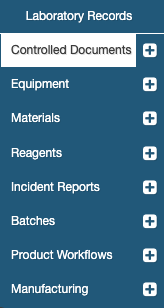
- The in-browser editor is available when the document is in Draft status. It can therefore be used on documents which have first been imported into the system in Draft status, or, when “Create New Version” has been selected to convert an Authorised document back to Draft status.

- Select a document that shows a PDF (uncontrolled copy) icon in the Actions column, this shows there is an editable source document. Click on the row or the magnifying glass in the Actions column to open the document.

- The Edit Document Button should be visible.

When the ‘Edit Document’ button is clicked, the user is presented with the in-browser editor, which should look and feel like Microsoft Word. Here the user can edit text and add images, pages, tables etc.
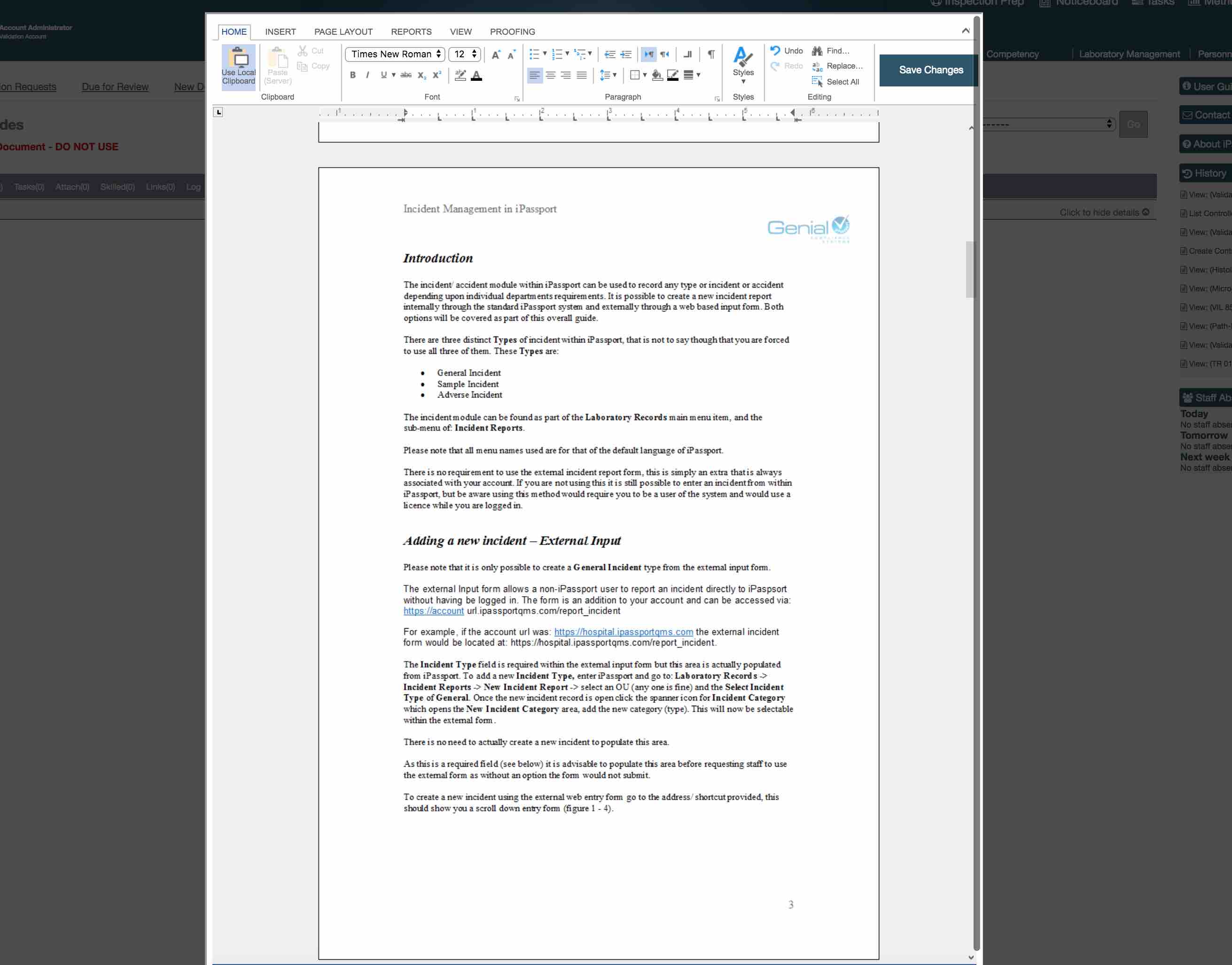
Adding Images
- A user can add images to the document by dragging them from a file explorer.

- Highlight the image, then drag it onto the editor.
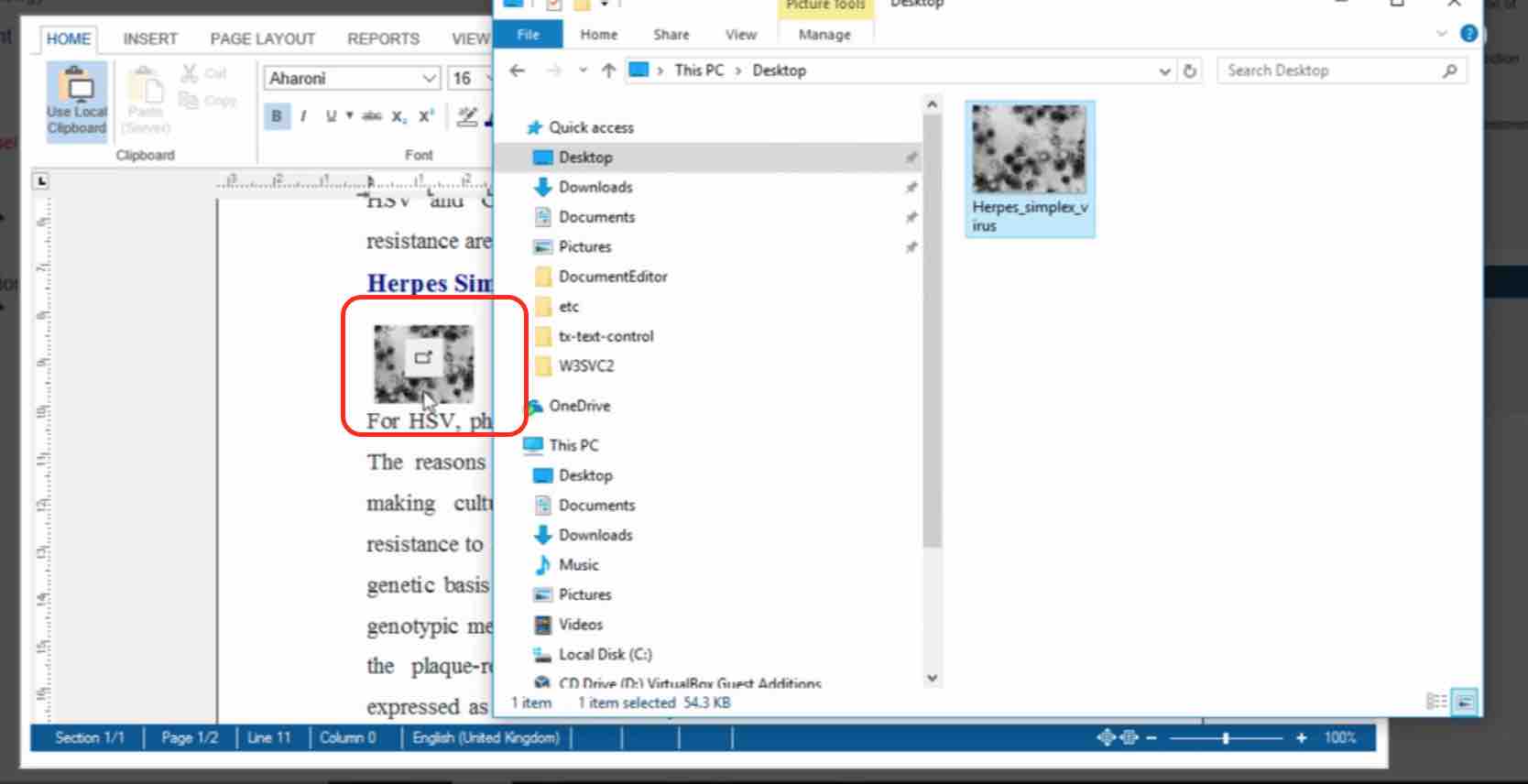
- The image can be edited using the Frame Formatting feature within the editor.
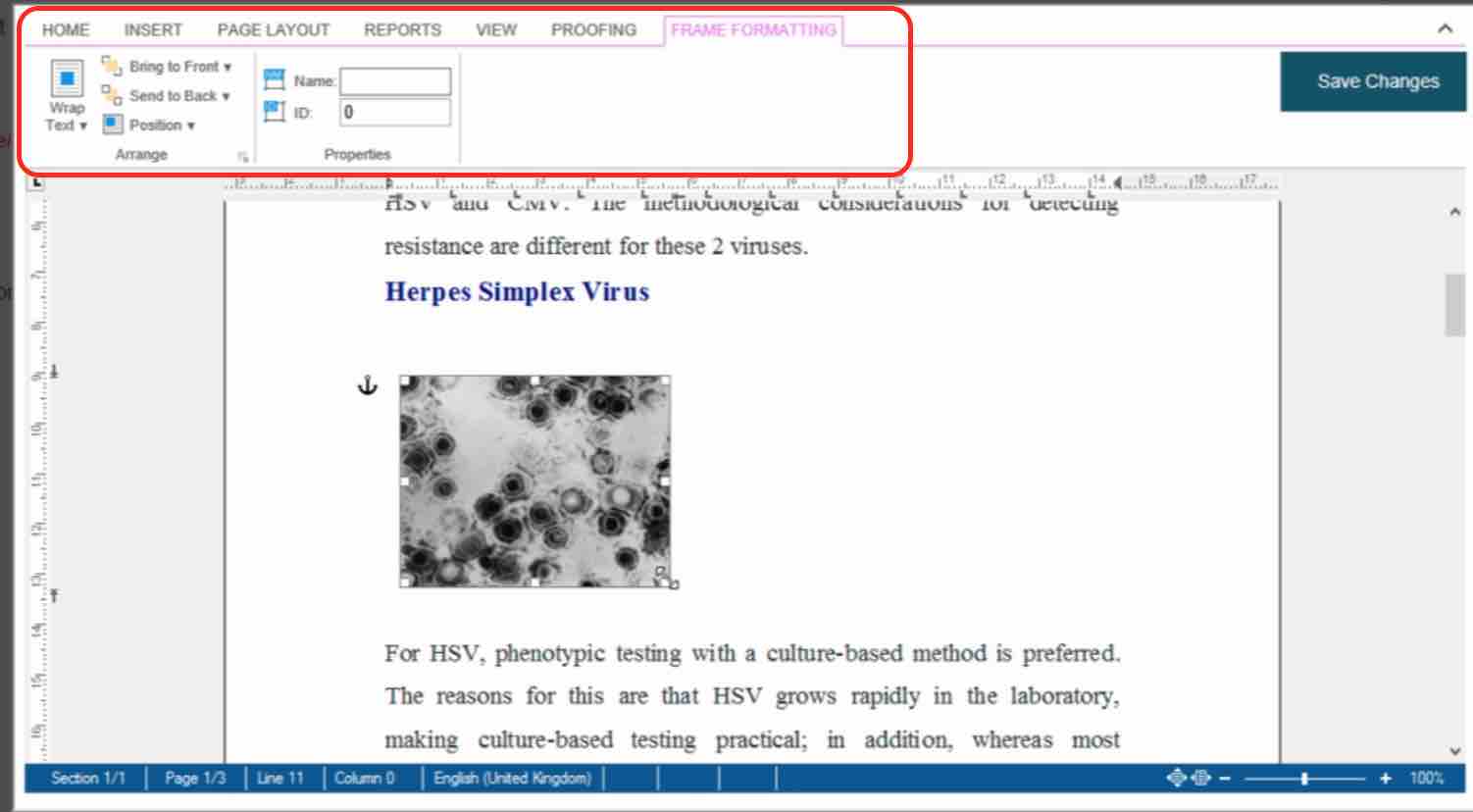
Saving Changes
- A user can save their changes by clicking the ‘Save Changes’ button in the top right on the editor.
- A message should display whenever the user saves the document, indicating that the save was successful (or display an error if the document could not be saved).

- The user can then click the X button to close the Editor.
If the user makes changes to the document and tries to close the editor without saving, the system will inform the user that there are unsaved changes.

The user has the opportunity to either drop the changes or go back to the document and click the ‘Save Changes’ button.
When satisfied with the content the document can then be moved to the next stage of its lifecycle (feedback, authorisation, request authorisation etc.).
Auto Saving
Any changes an editor makes to a document are auto-saved in the background every two minutes.
Auto-save is purely a safeguard for lost connection or accidental browser closure. In these events, when the user clicks ‘Edit Document’ the system checks to see if an auto save file exists and if so it will provide the opportunity to recover or discard it.

Please do not rely on auto-save to save work!
Change History
The system saves the latest changes for each user in the Procedure tab. For example, user A makes 5 edits to a document. In the Procedure tab will be User A’s latest changes. Now if User B edits the document there will be User A’s document in the Procedure history and User B’s latest changes shown as the current source document.
Edits are also stored within the Log tab, these are marked as Update. Expanding the row would reveal that the in browser editor had been used to make a change. The Log tab records only that a change was made, not what was altered in the document.
Procedure Tab
On the Procedure tab (SOP only) iPassport have replaced the “View” column header with “Download” and the magnifying glass icon replaced with a download icon.
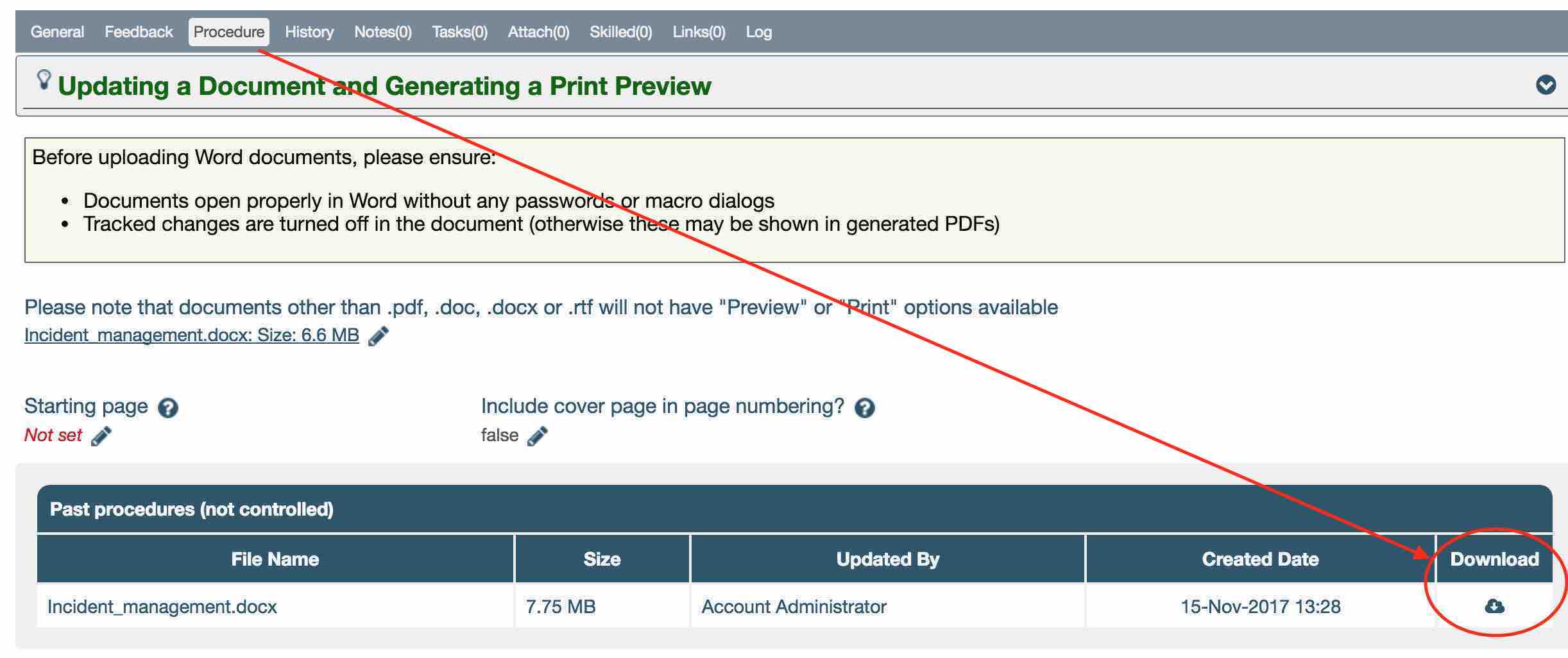
Possible Errors
The in browser editor is a tool supplied by a third party which Genial Compliance Systems have incorporated into iPassport. This means that adding functionality is not within the scope of iPassport development. As the editor is updated, Genial will review the changes and make additional features available if they are deemed suitable.
The tool uses a technology called websockets. This opens a tunnel between the user’s browser and the editor. Messages are transmitted between the computer and the server. If this connection is restricted for any reason, a server error may be displayed (see image).

This error message probably indicates an issue with the user’s network which is preventing the user’s computer from communicating with the in browser editor. In this instance, the user should contact their local IT department and provide them with the above details.